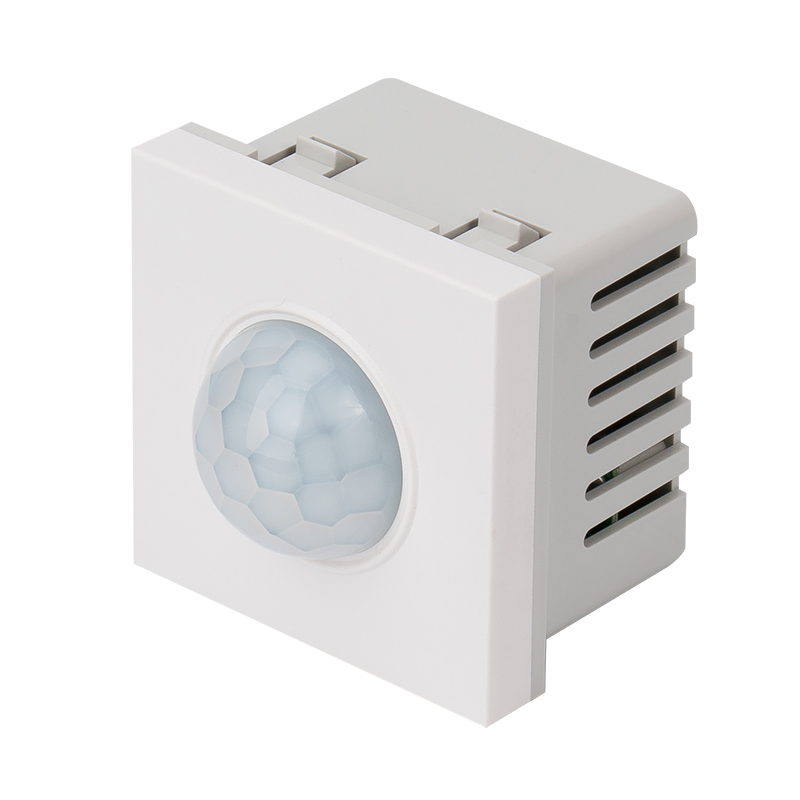When procuring Socket Module Series, comprehensively and accurately grasping key procurement information is of utmost importance, as it pertains to costs, quality, and project effectiveness.

I. Price Considerations
1. Unit Pricing
Carefully examine the unit price of each model of Socket Module. For instance, the commonly used basic model C14610B00210015 and the advanced functional model C14610B00290015 have different prices due to variations in technical complexity and performance. The former is suitable for regular scenarios and has a relatively affordable cost, while the latter incorporates advanced technology to meet high-demand tasks and thus commands a higher price. Before making a purchase, balance the cost-effectiveness based on the budget and actual requirements to avoid overspending or having excessive or insufficient performance.
2. Bulk Purchase Discounts
Bulk purchases often come with discounts. Negotiate with the supplier to clarify the price tiers corresponding to different purchase quantities. For example, for purchases of 100 - 500 pieces, the unit price may be reduced by 5%; for purchases exceeding 500 pieces, it may be reduced by 8%. Accurately calculate the project's usage requirements and plan the purchase quantity and budget accordingly to obtain the maximum discount, lower the unit cost, and enhance the economic benefits of the project.
II. Minimum Order Quantity
3. Supplier Requirements
Suppliers set a minimum order quantity threshold, which can range from dozens to thousands. A low minimum order quantity offers greater purchasing flexibility but may result in a higher unit price; a high minimum order quantity reduces costs but increases inventory and financial pressure. For example, in the case of an emerging project with uncertain demand, it is advisable to choose a supplier with a low minimum order quantity. For mature projects with stable and accurately predictable usage, considering cooperation with a supplier with a high minimum order quantity can balance costs and inventory risks.
III. Logistics Costs
4. Relationship between Transportation Mode and Costs
Logistics costs vary depending on the transportation mode, distance, weight, and volume. Express delivery is fast but costly and is suitable for small-batch urgent needs; freight transportation is more cost-effective for large volumes but slower and is applicable to bulk purchases. If procuring a large quantity of heavy Socket Module Series from a distant location, freight transportation has a clear advantage; for urgent replenishment within the same city, express delivery is more appropriate. Calculate the costs of different transportation modes and select the optimal logistics solution in combination with the project schedule and cost control requirements.
5. Insurance and Packaging Costs
For long-distance transportation, consider insurance premiums to safeguard against unexpected losses, which are charged as a certain percentage of the cargo value. High-quality packaging prevents damage but incurs additional costs. During the procurement process, negotiate packaging standards and insurance terms to ensure cargo safety while reasonably controlling costs and avoiding additional expenses from affecting procurement benefits.
IV. Delivery Time
6. Standard Delivery Period
Suppliers have a standard delivery time frame, which is influenced by factors such as order volume, production process, and raw material supply. For regular orders, delivery typically takes 7 - 15 working days; for customized or large-volume orders, it may be extended to over 30 days. When the project has specific time constraints, select a supplier with prompt delivery capabilities. For urgent projects, communicate with the supplier about expedited services and calculate the associated expedited costs to ensure that the project schedule is not delayed.
7. Compensation for Delayed Delivery
Clearly stipulate compensation clauses for delayed delivery in the contract. For example, deduct a certain percentage of the payment based on the proportion of delayed days to the total delivery period or receive compensation. In the event of a supplier's default, rely on these clauses to safeguard rights and interests, reduce losses, and urge timely delivery, thereby maintaining the progress and benefits of the procurement project.
V. Quality Assurance
8. Certification Qualifications
Verify the supplier's certification qualifications, such as ISO 9001 quality management system and UL safety standard certifications, to ensure that the production process is standardized and the product complies with international quality and safety requirements. Products conforming to the RoHS Directive and REACH regulations guarantee environmental performance, helping enterprises avoid regulatory risks and enhance market competitiveness.
9. Test Reports and Warranty Terms
Request product test reports, including performance, reliability, and compatibility test data, to assess the stability of product quality. Clearly define the warranty period, scope, and after-sales service. For example, a one-year warranty covering free repairs and replacements for material and workmanship defects, and the supplier providing technical support to solve problems during the warranty period, provides a solid guarantee for the long-term reliability and worry-free after-sales service of the purchased products.